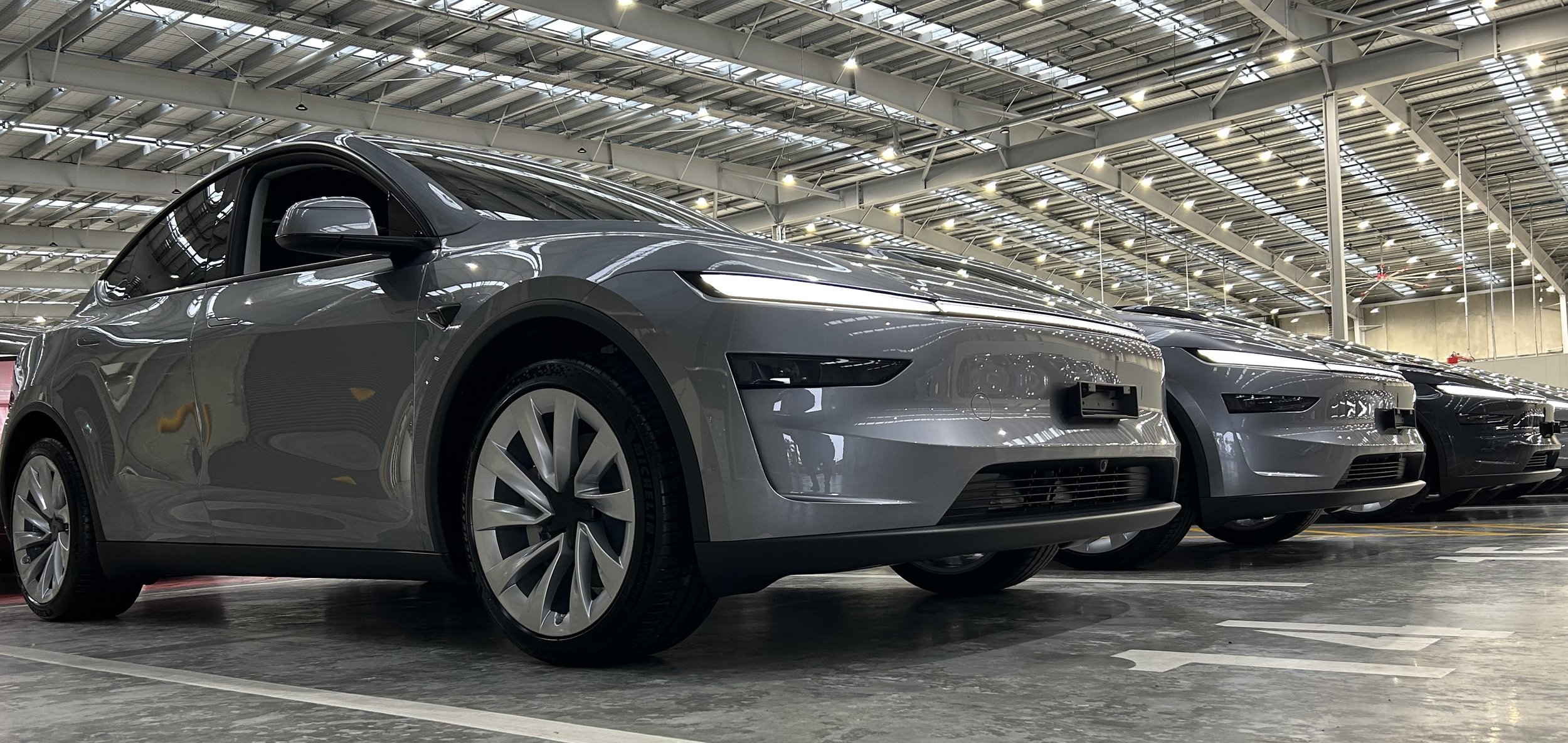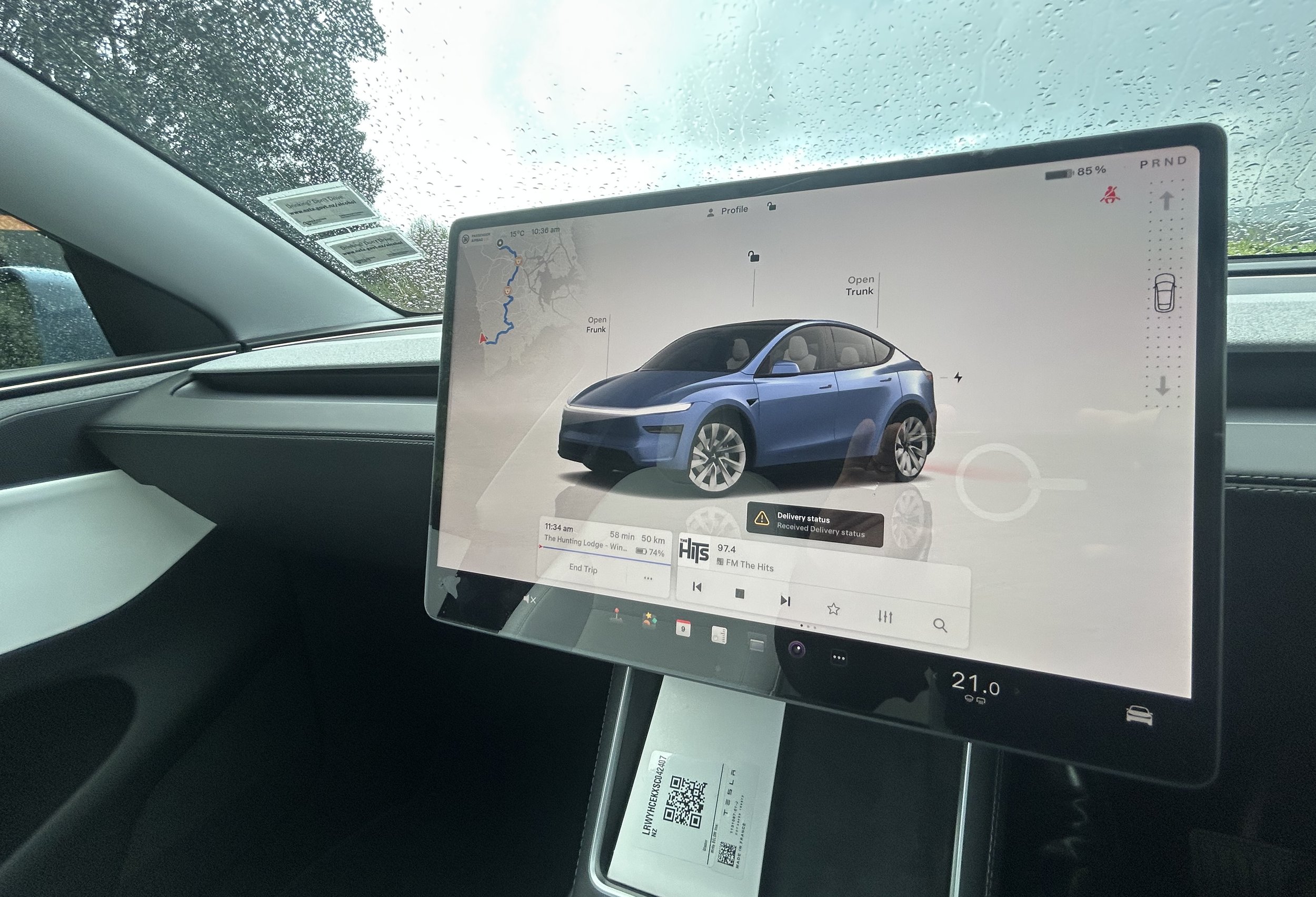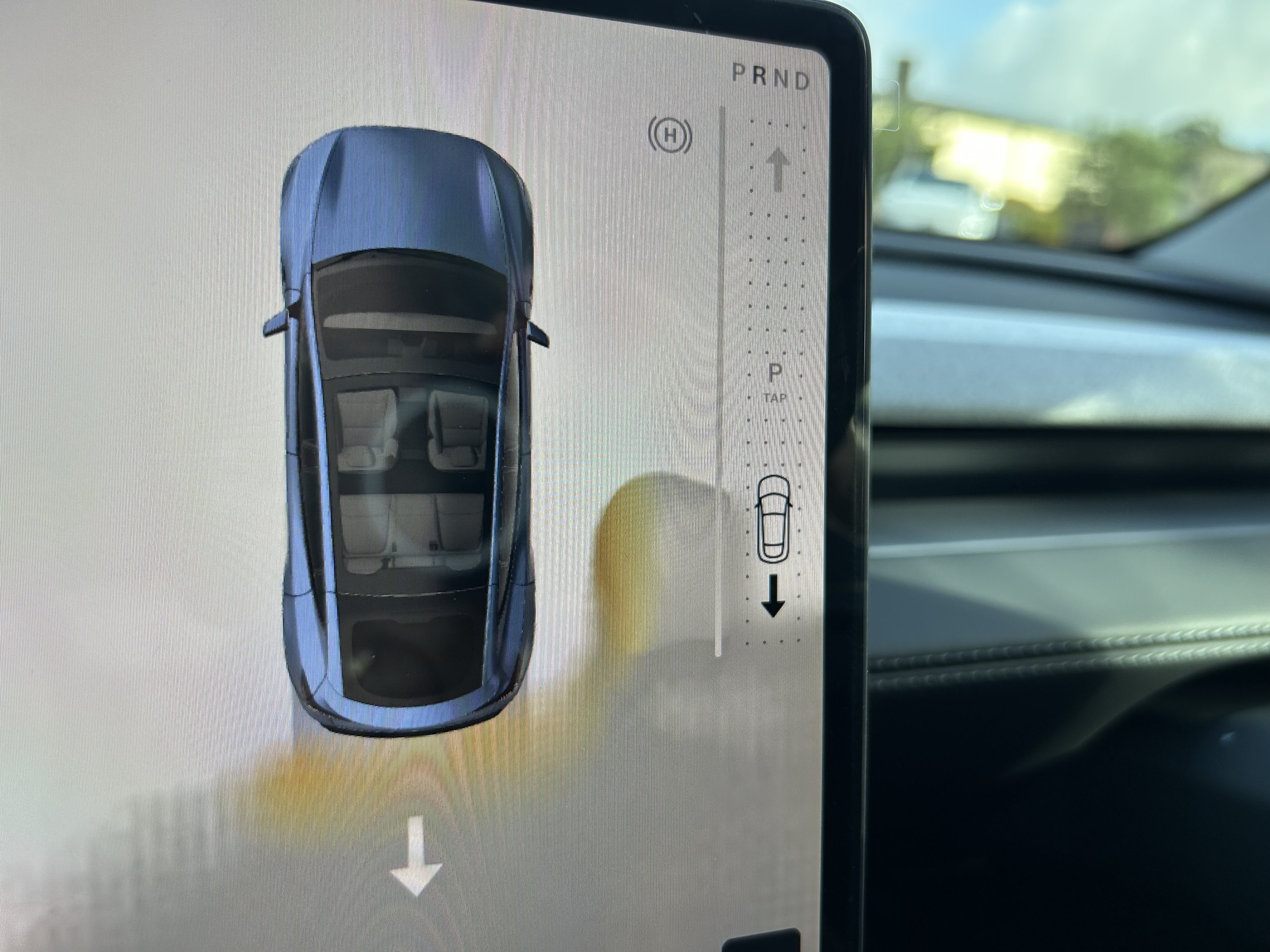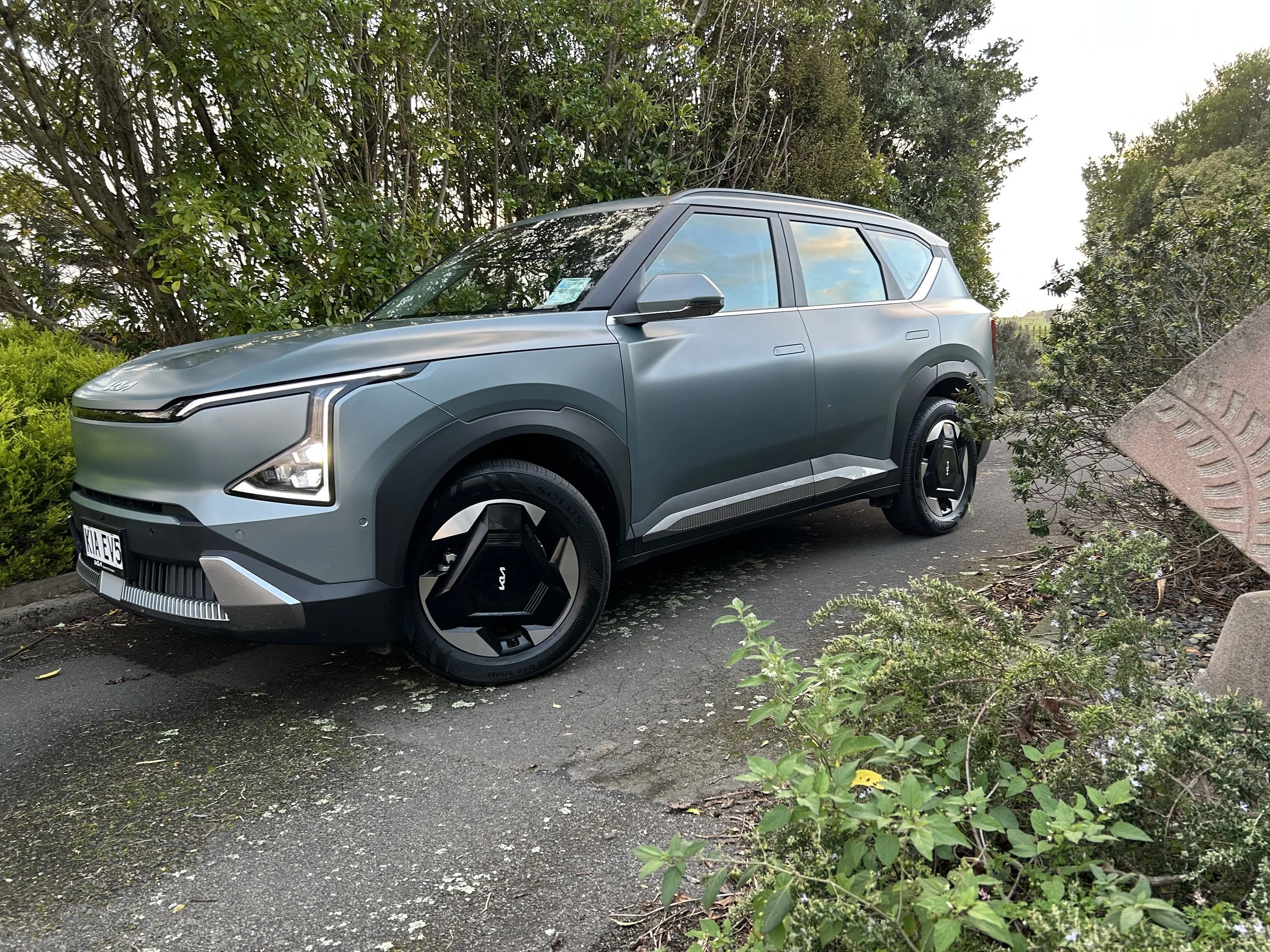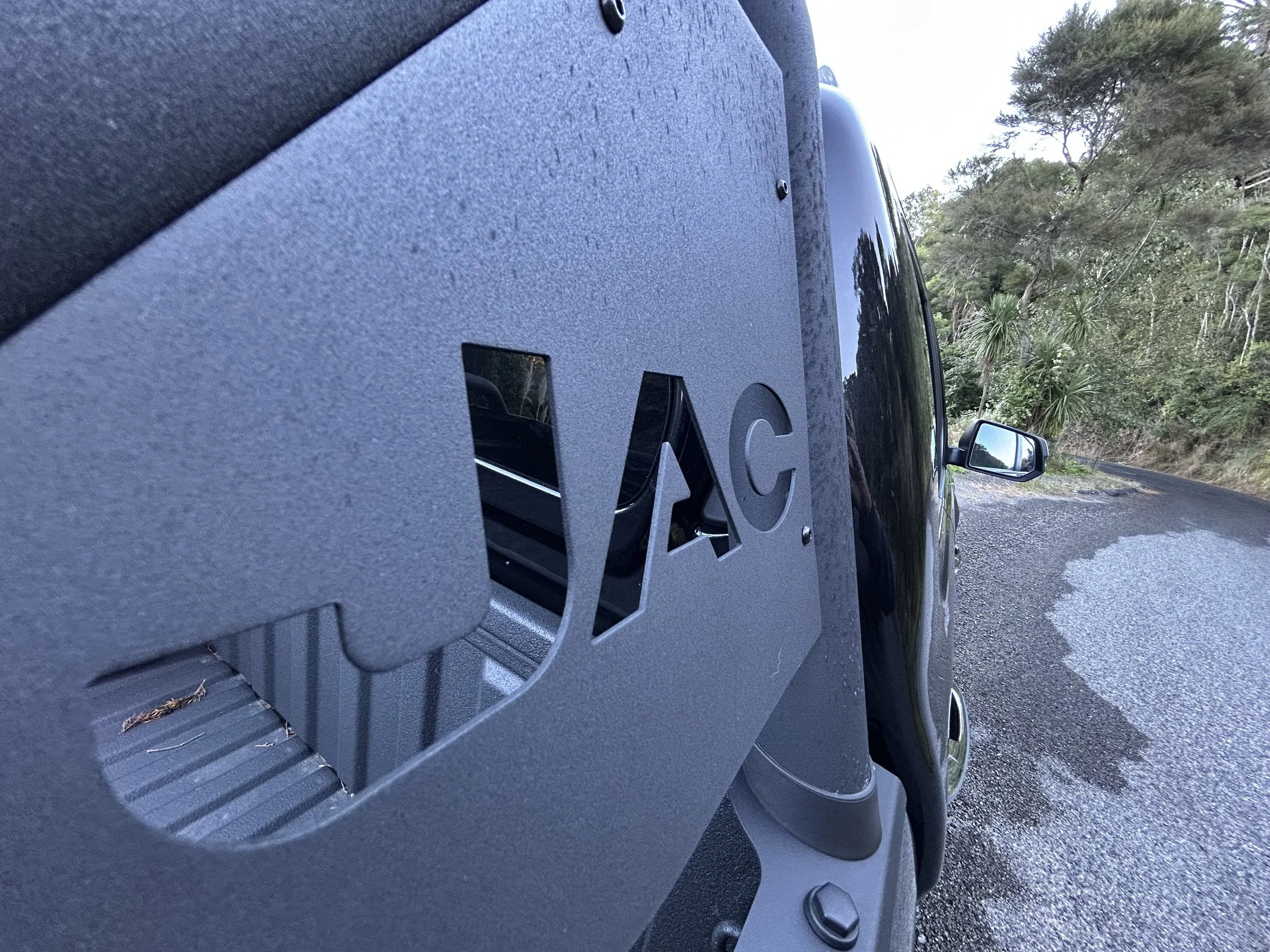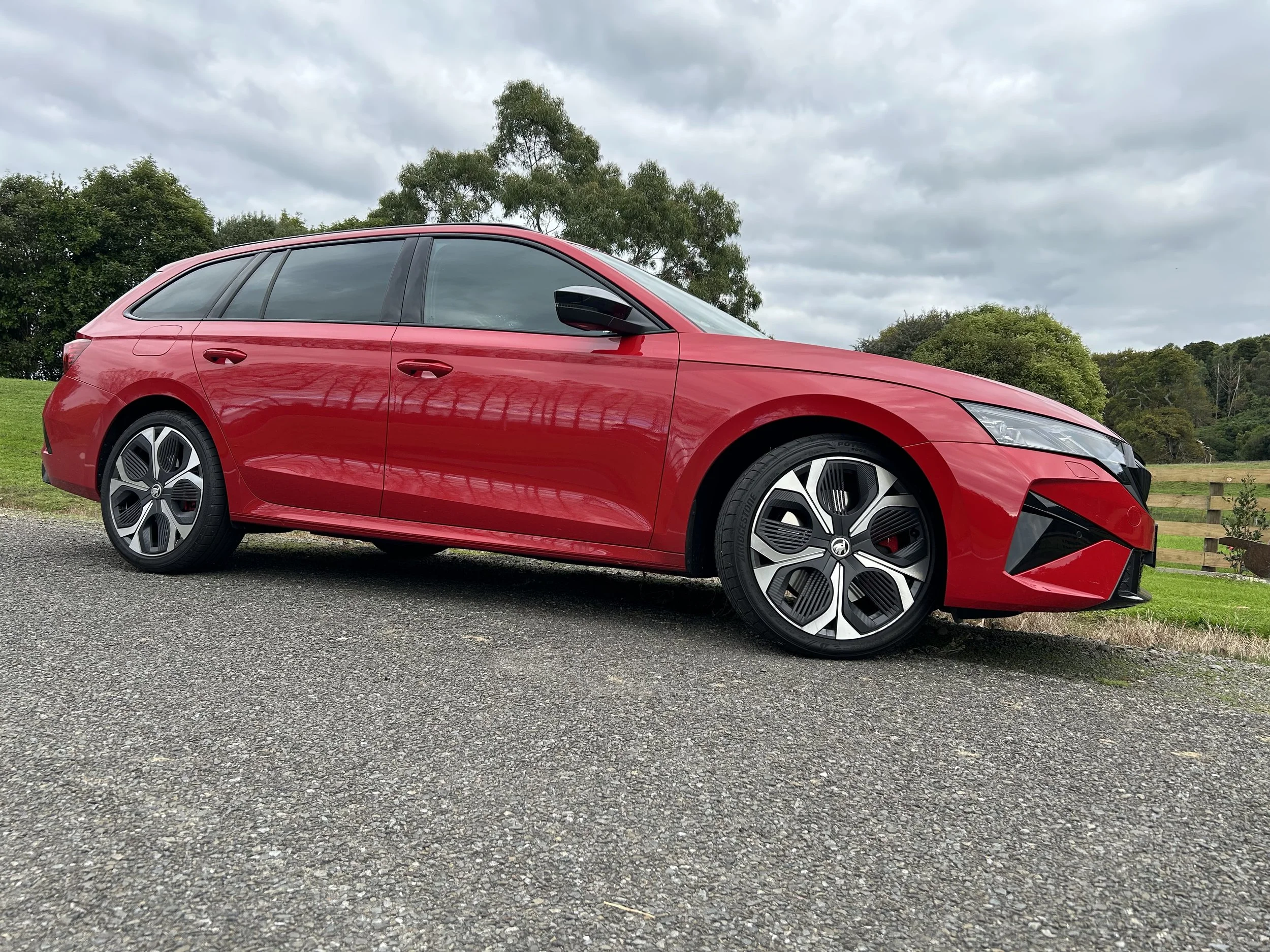Tesla Model Y Juniper first drive: Beating the odds
/You know what you’re getting into … and might well find it irresistible nonetheless.
TIRED of reading about the shenanigans of Tesla’s largest individual shareholder?
Then turn the page to the major update to this brand’s most vital product. That’s a story proposing far more positive reading.
The Model Y’s massive commercial success is well charted; it’s been the top-selling new electric vehicle here and is a global giant.
The DNA-sharing Model 3 sedan that kicked off Elon Musk’s international foray did well; the sports utility follow-up has done so much better.
Still, timing is everything. And what a time this is for the world’s biggest automotive industry disrupter and, more specifically, the hugely rich and hugely complex person most associated with it.
With the last week surely set to be remembered as the most … well, some would say ‘interesting’, others might use a word like ‘cataclysmic’ … period for Musk, could Tesla’s regional office have picked a tougher moment in which to release a vital new product?
It’s a rhetorical question. You know the answer.
Speaking of questions. At national media introduction for the new Model Y, it was made crystal clear that Australian Thom Drew, country director for Telsa in his homeland and here, is the only person who can speak about brand matters.
Duties elsewhere kept him from joining the New Zealand and Australia-based management types at Tesla’s expansive, impressive national service centre in Auckland. As none of those folk were authorised to talk about policy, politics and all those other pesky issues that have hit the news cycles … well, let;s just say it was a slightly weird day.
But a really fulfilling one, nonetheless.
Why? Because of the vibe from what is known internally as the ‘Juniper’ edition and also described as a second generation. More accurately, it’s a Mars misson-cost, extra large-sized rejig of the 2019 born, 2022 NZ-released original, with change to even the core design. There’s a new die-cast rear floor, that culls the component count from 70 to one.
No beating about the bush. Impression gained from a day out with the flagship Dual Motor Long Range is that the Y now is a significantly better car than the one a lot of Kiwis have already bought so easily into.
The new styling really zings, the suspension redesign has all but wholly addressed the poor ride quality that was a big bugbear before and it has a nicer interior.
It’s more refined, more comfortable, extremely quiet. The screen optics are impressive, the specification provision likewise. The warranty of four years/80,000 kilometres for the vehicle, eight years/192k for the battery, each to whether distance or age comes first, looks reasonable.
Performance and ranges improvements arrive too, even though Tesla was already looking comfy there. With all that going for it, here’s a car that again stands ready to swat away all those rivals, including an increasing count from China.
Against? Having to accept Tesla is intent on doing things in a different way to anyone else for the sake of … well, who knows, really? But they do, and you either learn to live with it or move on.
It gets off to a good start with a smart exterior update that includes all sorts of practical adjustments. The new front bumper is designed for a camera (a new addition to the familiar pair at the top of the windscreen) to help with forward autonomy sensing functions and remote-control ‘summon’ features.
The interior is still minimally styled and retains the clean look of the original car, dominated by a large, 15.4-inch touchscreen in the middle of the dashboard. But almost everything has changed in some way.
There seems to be a step up in quality and tactility, with more pleasant materials used.
It also has real aluminium trim accents, customisable ambient lighting and the panoramic sunroof now has a silver-coated layer that reflects seven times more solar energy than the previous kind.
New seats, a redesigned centre console with a vast storage area, neat, sloped wireless charging pads and large door pockets are very welcome enhancements, likewise the heated and ventilated seats.
The rear occupants are treated to a touchscreen of their own, an eight-inch unit allowing access to the climate control, gaming and streaming. It even supports the connection of two Bluetooth devices, while two high-powered USB charging ports are also fitted.
Tesla has upgraded the sound system, now featuring 16 speakers, some hidden. Microphone clarity, the speed of cellular downloads, the on-board wifi and phone key performance are all said to be better.
I’m glad it has a indicator control stick, but there are still operability quirks that defy logic. A lot of cars are screen-centric, but Tesla’s touch and swipe up, down, this way and that functionality delivery can just seems too much when you’re trying to drive on unfamiliar roads, in heavy traffic and rain.
It’s a faff that Tesla won’t add Apple CarPlay and that it fails to see merit in including a head up display, and while I’m pleased it didn’t follow the Model 3 in losing the indicator wand, the logical benefit for it having divested the Drive selector in favour of a haptic screen swipe to choose forward, park and reverse just escapes me.
The new cameras are brilliant assists when you are reversing and so on - just as well, because rear vision through the back window is not great - but maker confidence the wipers (and the lights, which now have self-dip) can stay on auto and will always react appropriately and accurately was undone when the car blithely allowed the screen to be coated by truck spray. True, real rain wasn’t an issue, and at least now you no longer have to dive into the screen to sort that, as there’s a touch-sensitive pad short cut on the steering wheel.
The mirror adjustments are still ridiculously over-complicated and you don’t seem to be able to adjust them when the car is on the move.
And yet? When weighing up pros and cons in totality, I found the version I had for five hours’ driving impressed significantly.
I’d struggle to define it as being a truly involving car on the driving side - on first experience, I’d say other brands do that better - but the suspension reworking is a massive step forward for comfort and ride refinement.
Not only have the springs and dampers been changed, but even the geometry is new, while the whole structure has been stiffened up to allow the suspension to do its job better. This new car has a reassuring calmness to it, very much appreciated on a crappy day, weather-wise, and a sense of adeptness that just didn’t figure with the previous effort.
Sure-footed traction on roads made extremely slick by passing thunderstorms lifted the dual motor above the single motor models also on the run.
It was also obviously more muscled, though as always that’s an area shrouded in mystery.
As far as we know the Model Y has retained the same electric motors and power packs from its pre-facelift range, which means the AWD Long Range in my care had the 75kWh battery (whereas the entry-level rear-wheel drive uses a 60kWh unit) and likely offered 290kW and 510Nm of torque.
Instantaneous response is an electric 101, and it does that without restraint.
Teslarati seem more fixated than many about electrics being athletic off the line, so the 0-100kmh time of just 4.3 seconds using acceleration boost, 4.8s otherwise, won’t disappoint. The rear drive is more subdued, with 5.8s.
More importantly, in any case, is how strong and reactive that dual motor car feels when cruising. There’s enough urge, then, to make overtaking easy.
Still, I’d hedge on saying it’s a car that lends outright to enthusiast driving. It clocks almost two tonnes on the scales but feels podgier and, overall, there’s a strong vibe that it’s tuned more for comfort than corner-cutting.
Use that to advantage and there’s strong potential to enjoy a smoother, more comfortable and civilised driving experience than many rival products deliver.
That, the range - all versions are now officially capable of at least 500 kilometres’ driving and the Dual LR as driven is expected to achieve 551km on the WLTP scale - and the promise of fast recuperative charging (250kW max means up to 283km optimally added in 15 minutes) from the Supercharger network, which delivers 28 sites nationally, are all appealing.
Siting $10,000 above the rear drive car, the $77,900 all wheel drive expresses its price hike mainly with its powertrain, though it also has a plusher trim. The white leather in the example I had lifted that impression won’t be to everyone’s taste but it, and the Glacier Blue exterior colour, a new hue, seems to suit.
The car I had held a $85,454 sticker, having been meted enhanced autopilot and also a ‘full self drive’ package, which I’d still treat with caution as the legislation and level of technology required for that simply isn't in place for the car to ever truly drive itself here.
This car and most of the others, had the cost extra Helix 20-inch wheels with Tesla-specific 255/40 Michelin Pilot rubber, which looked fantastic, but offer less range than the standard 19-inch Crossflow alloys.
The plotted drive route from south Auckland went to Waimauku, for lunch and a presentation at the Hunting Lodge, by way of a zip through to the coastal settlement of Piha.
After lunch, back to the HQ, with some dawdling on motorways and secondary roads to fill in some spare time. All up, just over 160km in a car that had just 7km (the distance from the wharf to the service centre) on it until then.
That newness meant it didn’t initially allow any autopilot function; the on-board computer demands a bit of mileage to calibrate itself to local conditions.
I was told the primary functions of lane keep and active control would likely sort themselves out within a few kilometres, in time to be useful on the initial motorway drive.
They didn’t, so weren’t. Things looked more positive when I went back into that environment later in the day, but the active cruise control was still cutting out abruptly for no logical reason.
Before the drive commenced, I had a quick look out in the warehouse, where the first customer cars from the initial shipment of 700 units were being readied for pick-up. Beyond the rows of those examples, I found a new and old model parked side by side. That really enforced how comprehensive this restyle is.
The proportions are pretty much unchanged, but it is now a sharper-looking car by far. Some revision is to align it with Tesla's newer products - namely the Cybertruck - and some is in the name of aerodynamics (though no co-efficient of drag is shared).
It’s all about the nose and the front, nothing changes to the mid-portion, so it retains a humped roofline. But it looks a lot less like a computer mouse, now.
Influence from the wind tunnel is utterly obvious up front, where the new nose is so much lower and smoother than the old car's. It has full-width, three-piece light bar that is very bright.
The car alters considerably at the back, in that they’ve given it distinctive full-width light bar in which the LEDs reflect off the bodywork rather than being visible as the main light source.
This softens the effect and gives the rear a pleasant red glow.
The tailgate has been redesigned; it used to be a single piece with an integrated spoiler. But Tesla found that when bumbling owners managed to reverse into solid objects, repair often asked for a complete replacement. Not cheap.
So now it has that big plastic bolt on wing that can, along with a more pronounced rear bumper, take the brunt of the strike, so that it doesn’t all have to be replaced if banged. Tesla is crowing about the potential for lower repair costs but, of course, if the car had reversing sensors to start with, chances are there’d be way less risk of that kind of accident occurring at all. But in Elon’s world, sonar and - heaven forbid - lidar are blacklisted. Cameras will do all. Even when they patently cannot.
The tailgate lifts high and opens to a very big boot; Tesla quotes boot volume of 854 litres, but that’s to the roof of the car - most car manufacturers tell you the figure up to the luggage cover - but it's massive boot by any standards, and it has a large hidden area underneath, plus a clever way of stowing the magnetic parcel tray when it’s not needed.
The rear seats don’t fold quite perfectly flat; greater ‘look at this’ appeal come from the drop and lift actions now being driven by electric motors, what Tesla calls the “seat dance”.
Press buttons, in the boot and on the screen, to fold down the rear seats and first of all the front seats will shuffle forward to make room. They move back to their previous position when the seat behind is finished folding.
The car’s frunk also continues; the plastic bin can lift out, is designed to act as ice chest and so has drain plug in it. Total capacity with rear seats dropped and including the funk comes to 2138 litres.
Would you? Musk’s political outrages, before, during and after his involvement with Donald Trump, aren’t helping Tesla’s ambitions. War with the once-friendly Trump Administration could create big problems for this brand in its homeland. A ripple effect beyond North America cannot be discounted.
Tesla still has a loyal following, yet its sales have declined and its market value has dropped and what’s also undeniable is that the EV market has cooled and has a lot more alternatives now than existed when the previous Model Y turned up as a star-spangled superstar.
Now? So different. It takes a lot to raise interest in anything electric and, on top of that, residuals are depressingly poor. Logically, it’s not a great environment for those wed to this brand now intending to move on from the old to the new.
But perhaps this car is so appealing they’ll just do it anyway.


